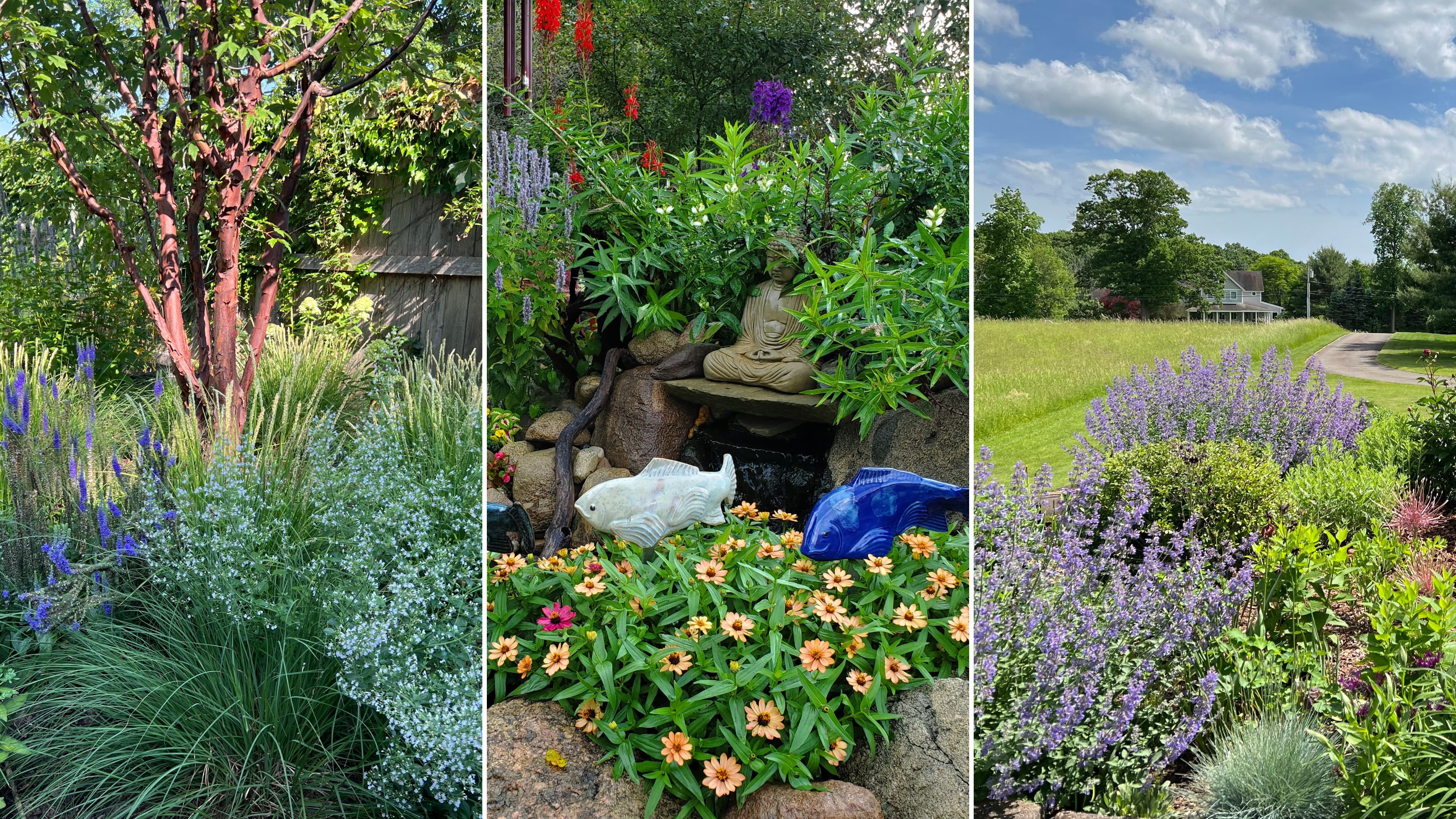
Sensory gardens have the impressive power to tap into our five basic senses through touch, taste, sound, smell and sight and you can make your own at home, no matter how small your backyard.
Our expert landscapers share how to make your own magical sensory garden, packed full of immersive intrigue and wonder, using rain chains, kaleidoscopic color, mixed textures and so much more.
These sensory garden design ideas tick all the boxes, and will help you cultivate a soul-soothing outdoor space, created with accessibility in mind and catering for all ages and abilities.
How to start designing your sensory garden
When you think about it, all gardens evoke sensory experiences. No matter whether you’re working with a small backyard, container garden or herb garden — any outside space can have a lasting effect on your mood, stress levels and help you feel connected to nature.
However, according to Penn State University’s master gardener, Melissa Johnson, sensory gardens go one step further. She says, “Sensory gardens are designed to stimulate and foster interaction with plants representing the five senses."
Therefore, to design one, Tabar Gifford, partnership cultivator and master gardener at American Meadows, suggests figuring out your audience, considering how much space you’ve got to work with, and starting small.
“Consider how you’ll engage the senses,” Tabar says. “What do you see? What can you smell? What do you hear? What can you feel? What can you taste? Start with those key components and work from there."
Tabar also recommends researching your plants and omitting anything poisonous, or known to cause allergic reactions to humans and pets alike. We have a guide on plants that are toxic to cats and dogs to get you started on your research stage.
“A sensory garden invites hands-on engagement, so safety should be top of your mind when designing the space, and choosing what to include,” Tabar says.
1. Include water features
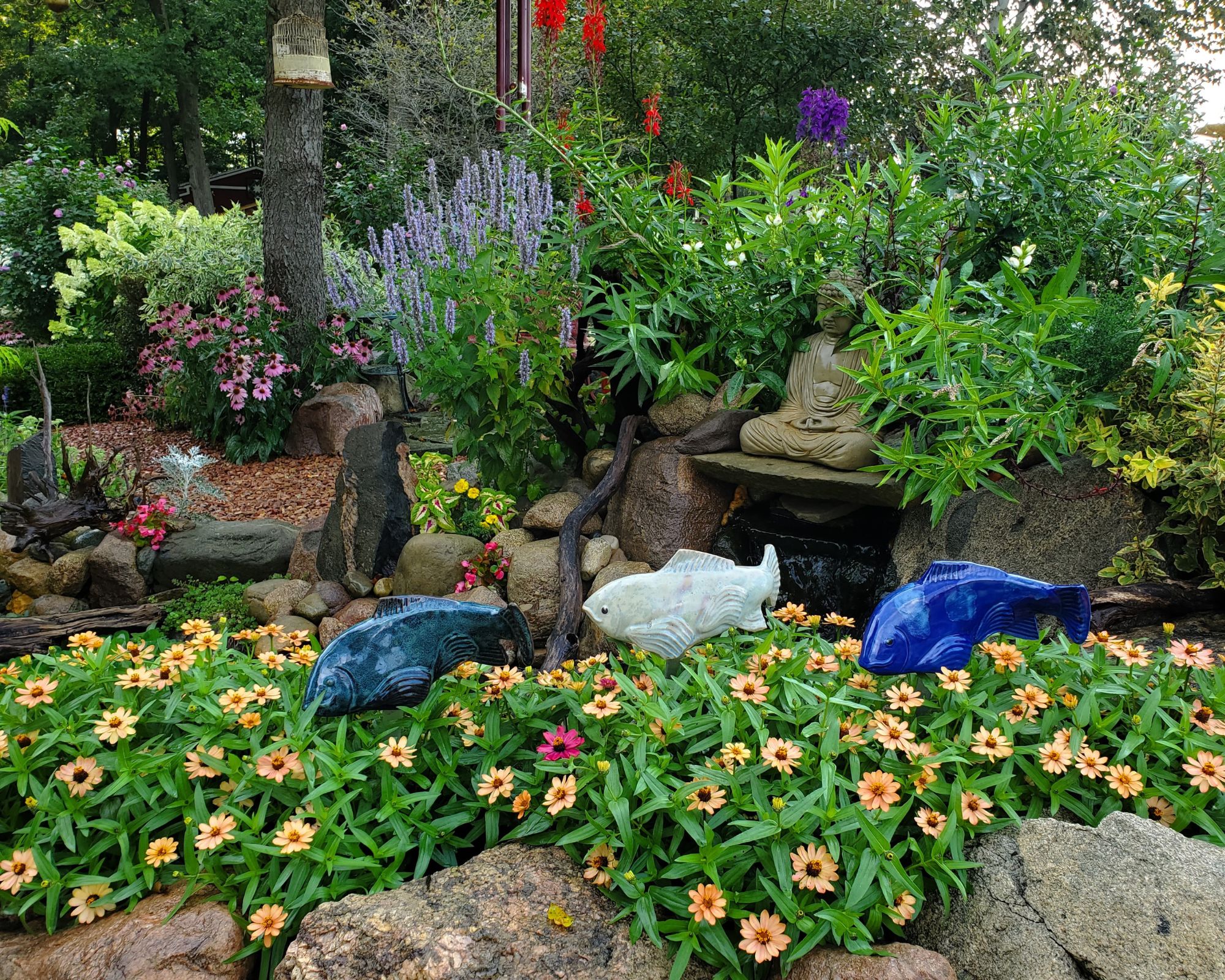
Trickling water features, bird baths and rain chains can help introduce some zen sounds into your garden. You could also include a wind chime or wind catchers.
Adding in auditory elements can be even more subtle yet, and make use of a feature you already have, or were planning on anyway.
"Hearing can also be engaged by using crunchy pea gravel as the pathway,” says Kat Aul Cervoni, founder and principal of Staghorn NYC Landscape Design and The Cultivation by Kat. “While ornamental grasses beautifully rustle in the breeze, and the dried seed pods of poppies can be rattled by hand.”
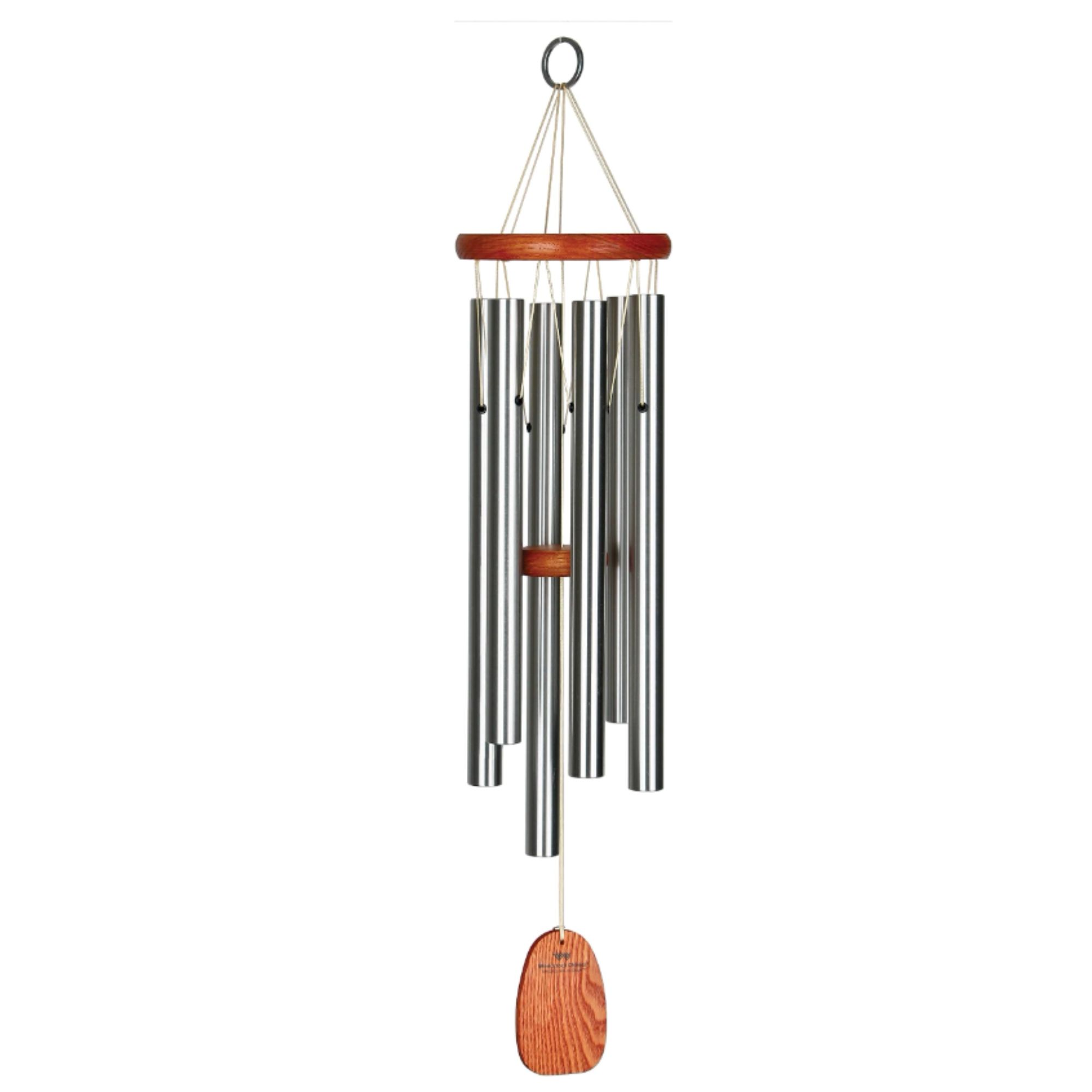
Price: Was $43.95, now $39.99
This wooden wind chime has been developed by professional musicians so can randomly play the opening notes of Amazing Grace. Made from ash wood and coming with six silver aluminum tubes, it also has a removable wind catcher. Customers say it is melodic, has a lovely sound, and is well-made. The company, Woodstock was founded in 1959 and knows wind chimes inside out.
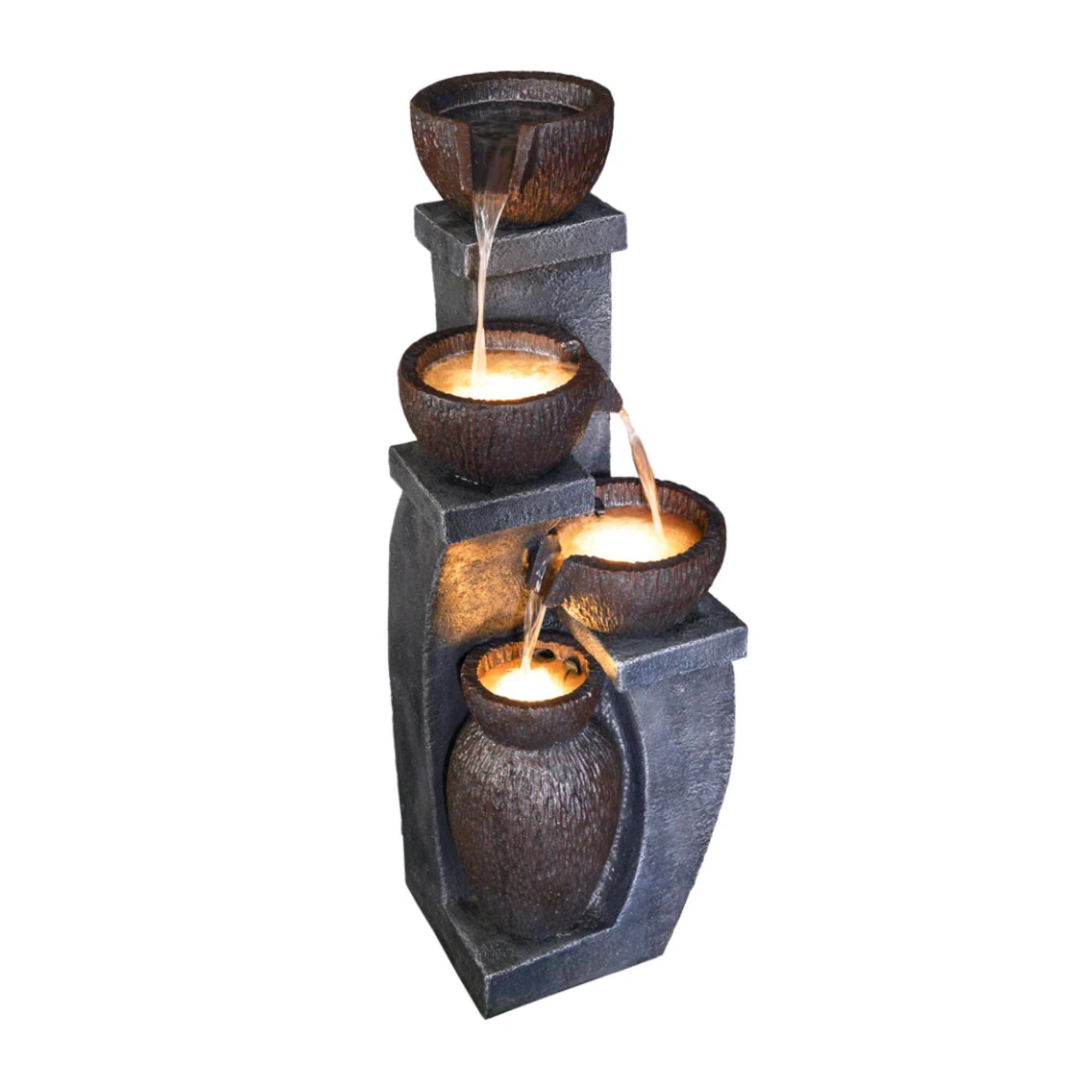
Price: Was $199.99, now $181.99
Add the soothing sounds of water into your green space with this durable resin fountain that features water flowing from three bowls into a lower basin. Kitted out with LED lights, this will help take your garden from day to night.
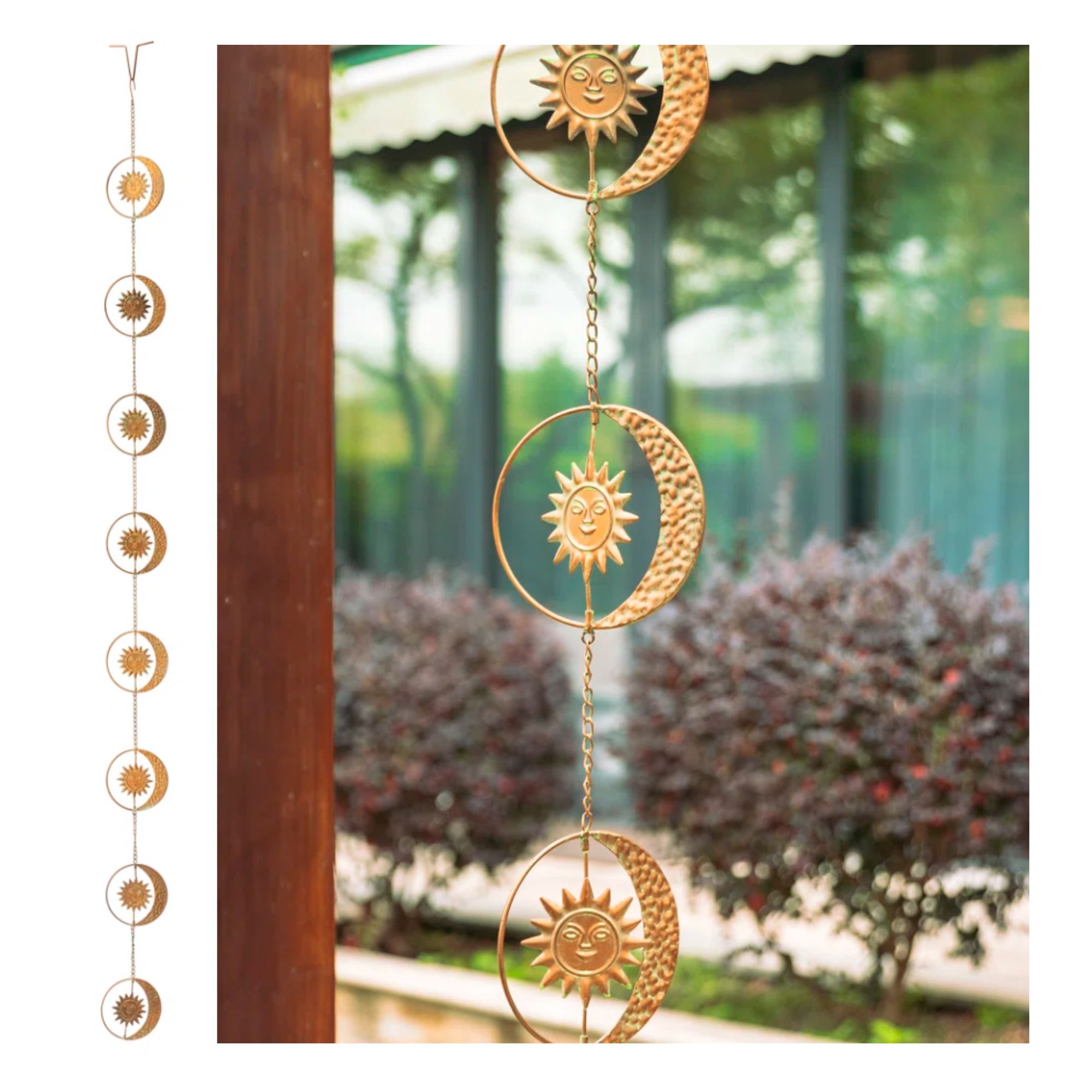
Price: $39.99
Size (inches): 103'H X 6.75W X 0.25D
Rain chains are increasingly popular. Not only are they fun and functional, but they're a great way to harvest rainwater when xeriscaping, just pop a barrel underneath. This 8.5 inch faux copper sun and moon option guides water downwards in style while creating a soothing sound. Double the sensory joy, and shoppers love it, rating it 4.8/5 stars. A few mention it is bigger than they thought so measure up your space and rain barrel opening if you go for this one.
2. Lean into a kaleidoscope of colors
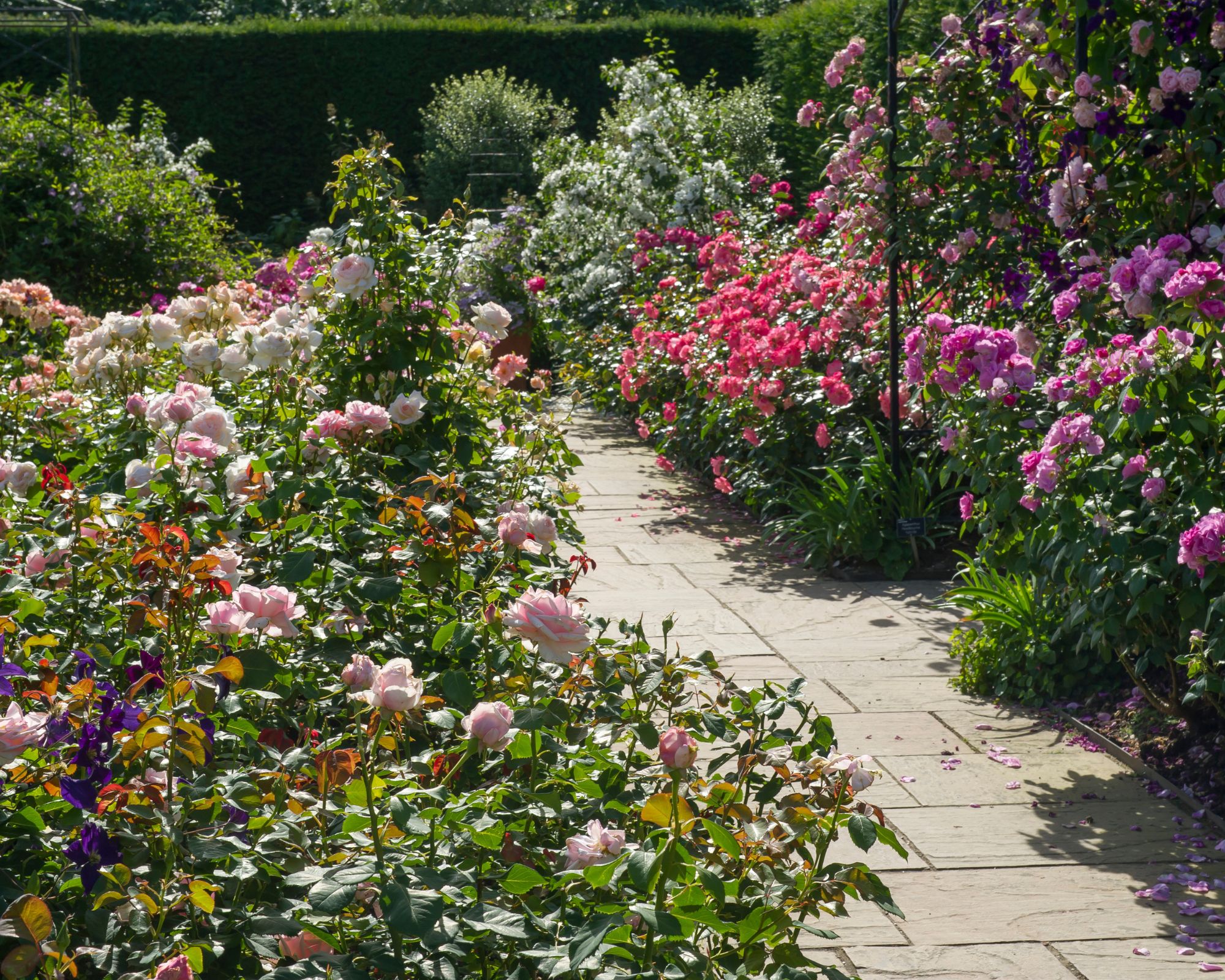
Most gardens aren't short of color. But to inject some added hues into your sensory space, consider doing so with plants, decorations and outdoor furniture.
“Leaning into the sight sense in the garden can be the most versatile and personalizable zone in the sensory garden,” Alexander Betz, founder of Plant by Number says.
“This is your chance to add in that unique, one-off garden decoration that catches your eye, play with plant colors by arranging them in rainbow order or putting contrasting colors together, or adding trailing plants that make the garden visitor look up,” Alexander continues.
Wondering what plants shades to pick? Or how to choose a color scheme in your garden? Cool and light colors can open up a space and make it feel larger, our expert reveals, while warm and dark colors such as reds, oranges, bright yellows, and dark purples can make a large space more intimate.
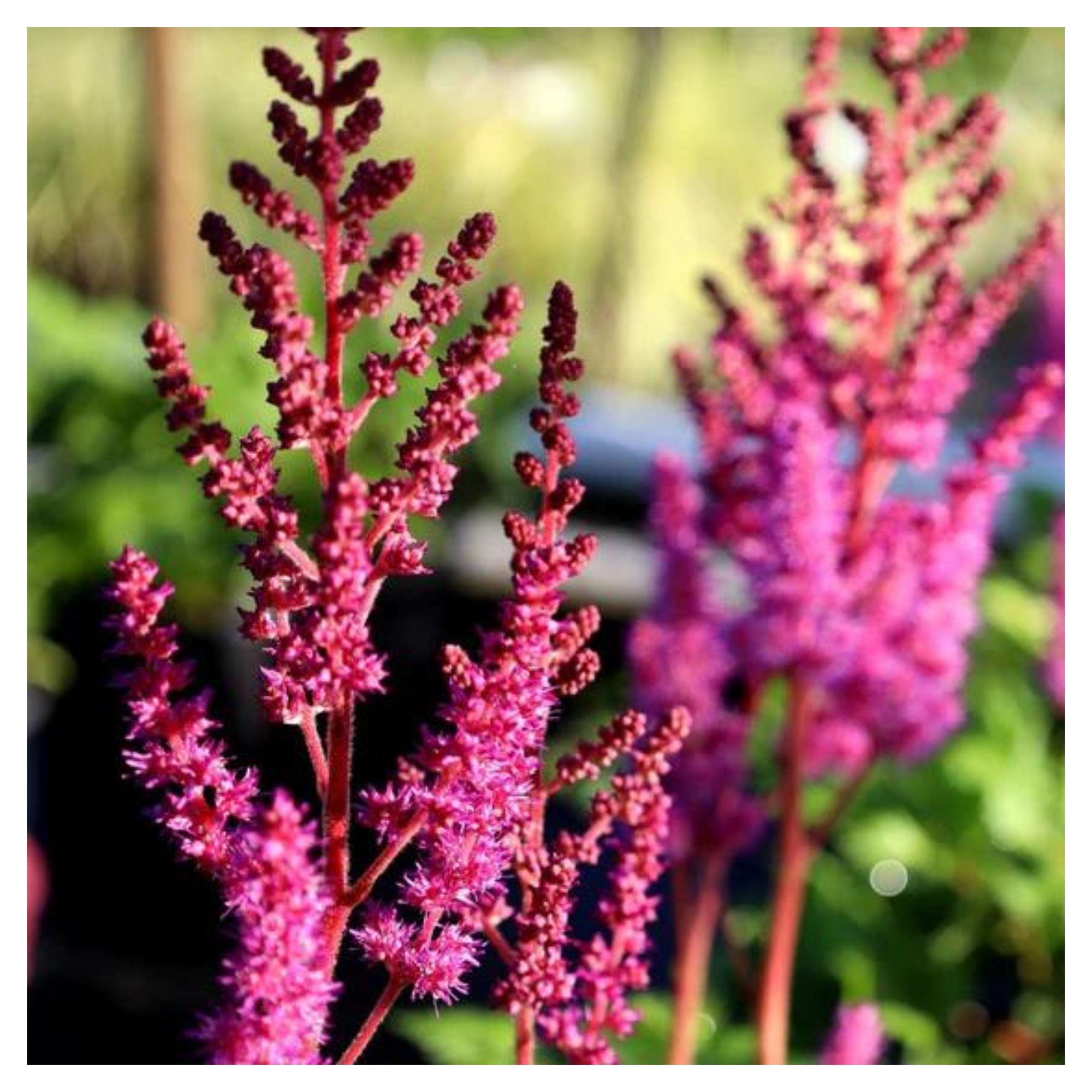
Price: $29.95
More informally known as ‘Vision in Red’, this beautiful bloom will add some height, texture and color with its tufts of reddish-purple wonder. Plus, the astilbe chinensis makes for one of the best-cut flowers so you can enjoy their bright and beautiful hue inside your home and out.
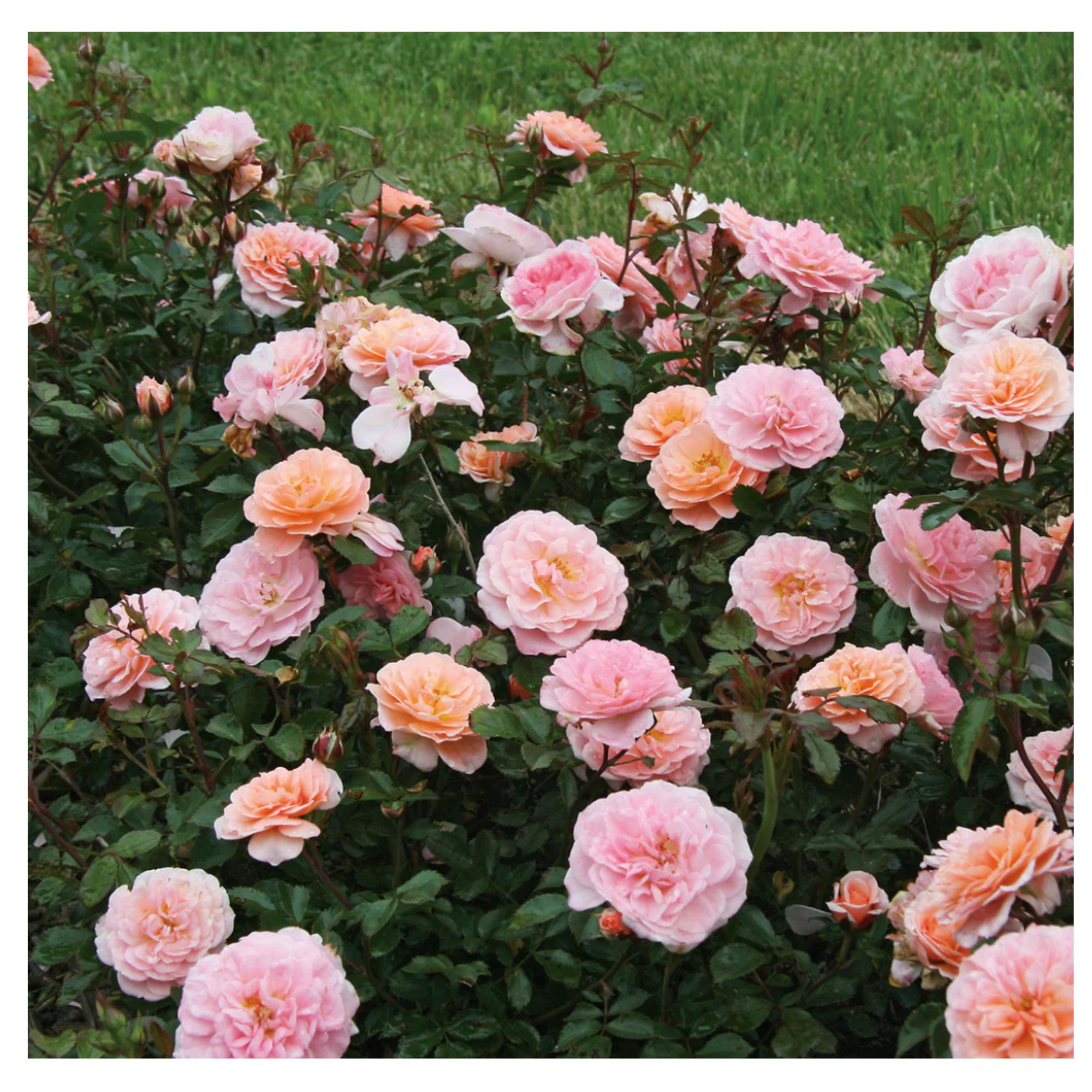
Price: $39.99
Pastels more your thing? Scoring five stars from user reviews, this beautiful double-apricot-colored rose will bloom heavily in spring and add color and interest all year round because its foliage is evergreen.
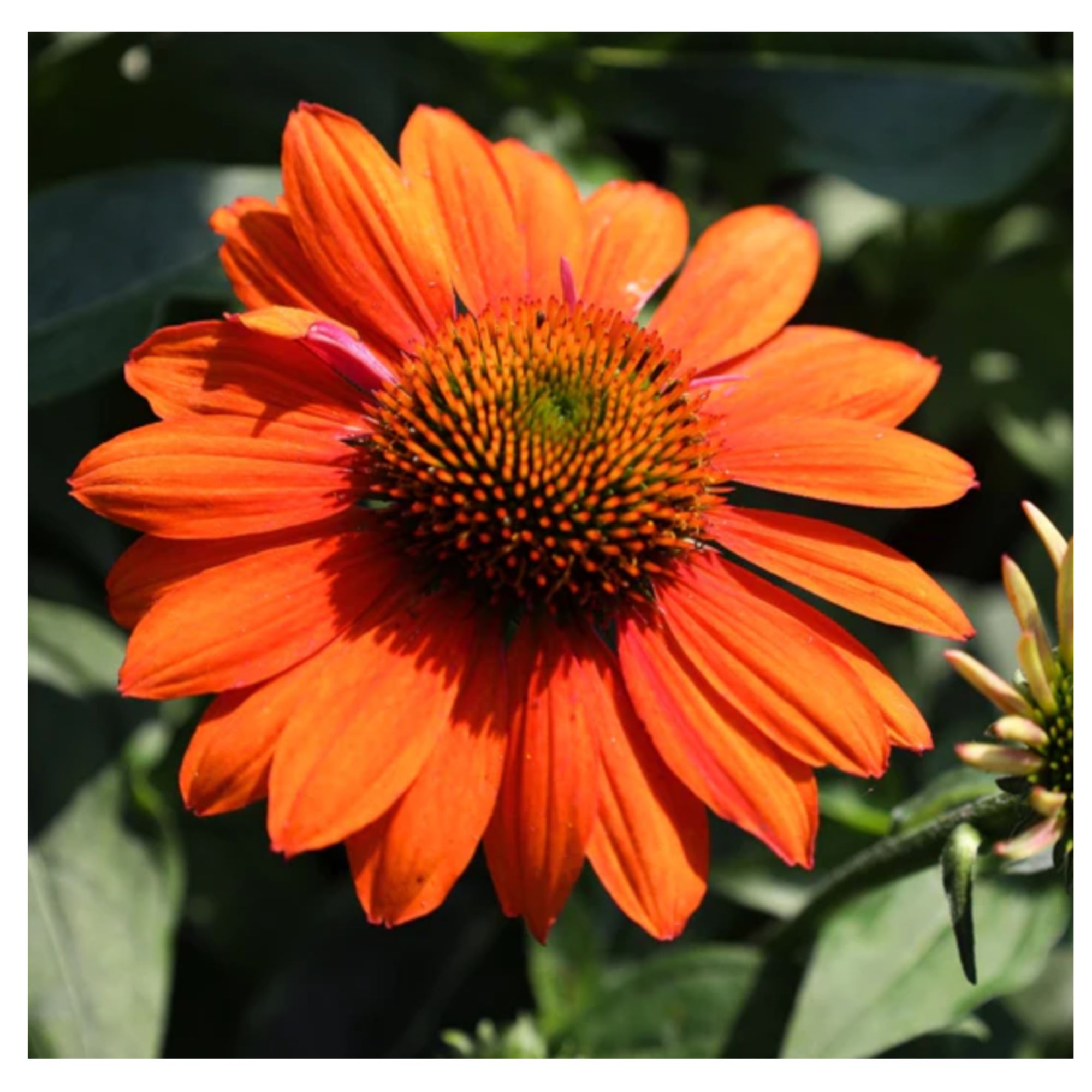
Price: $41.95
If this doesn’t say color, we don’t know what does! Add some drama to your border or pots with this perennial which is especially attractive to bees and butterflies. This type of echinacea is also tolerant of high winds, full sun and dry soils, so it's easy to grow. Just check your gardening zone first to make sure it's a good match for your region.
3. Include heavily scented plants
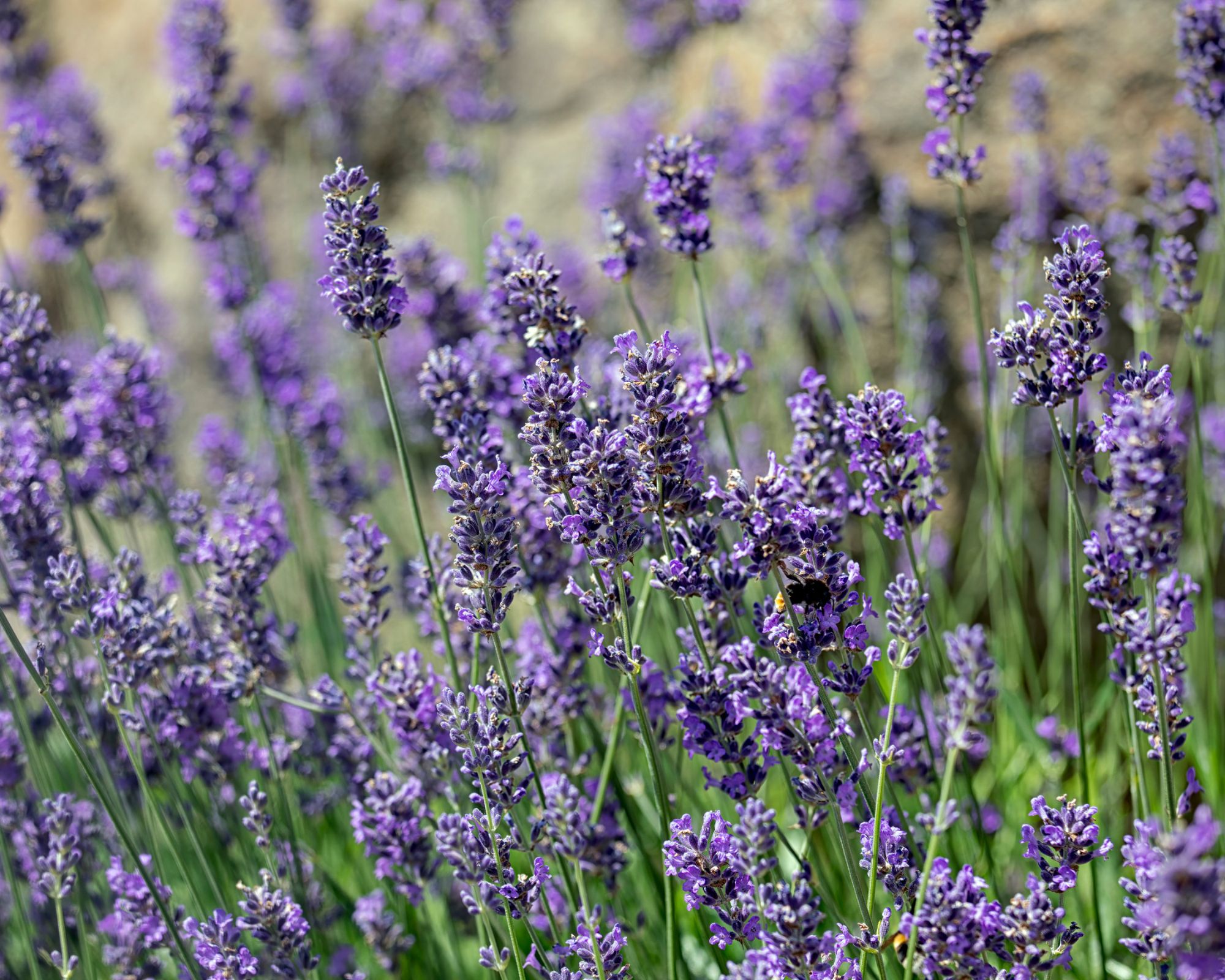
The best fragrant garden plants are a great way to stimulate your sense of smell and Alexander agrees.
He says, "The calming aroma of lavender, rosemary’s invigorating scent, and the sweet perfume of jasmine are great choices that not only smell amazing but also attract beneficial pollinators like bees and butterflies." To make the most of their aromatic qualities, Alexander recommends planting them near seating areas and walkways.
4. Add edible plants for seasonal interest
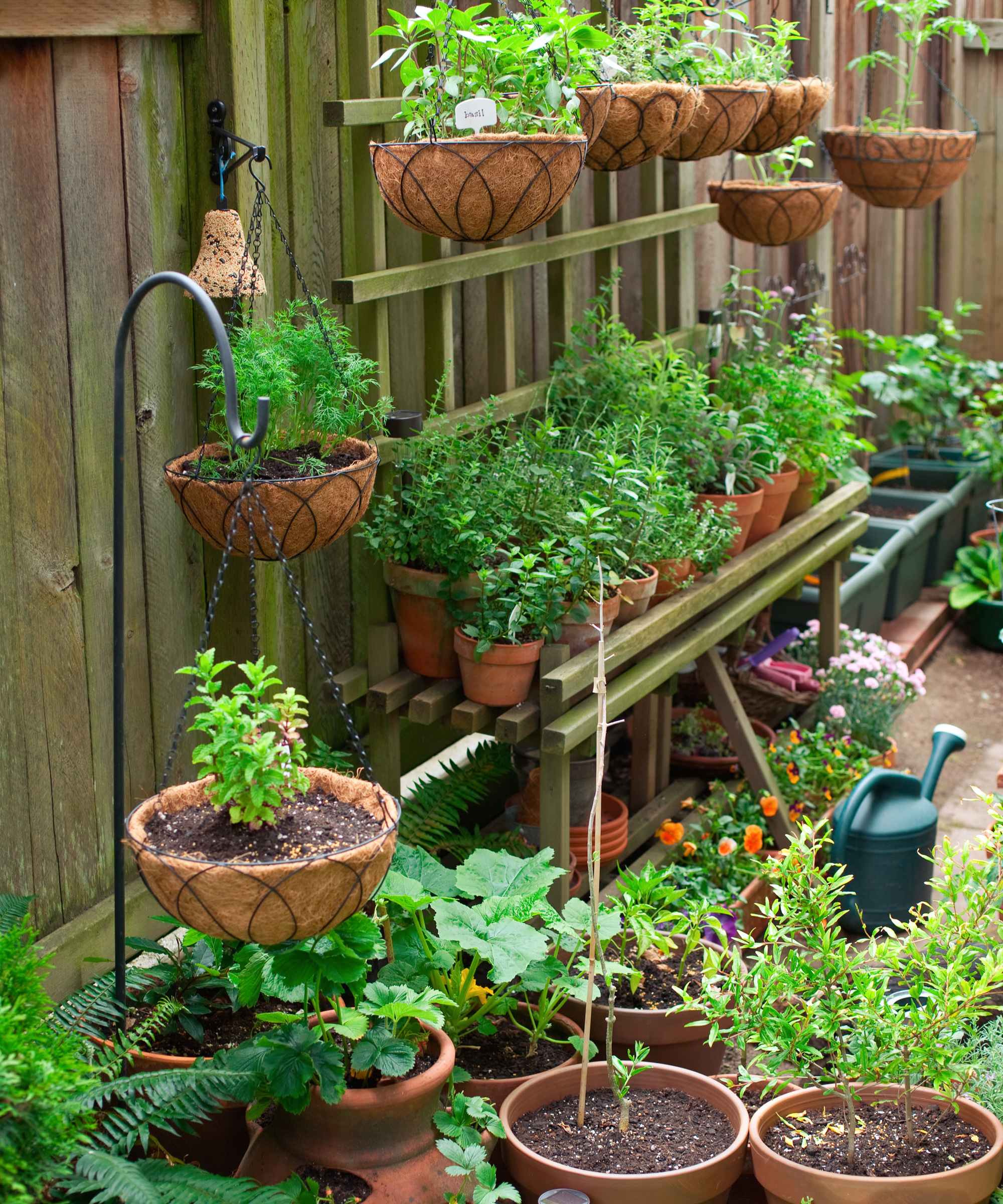
Whether it’s rosemary, basil or bay, creating your own little herb garden can be a practical and decorative design idea to tick off 'taste' in your sensory garden. The same goes for starting a kitchen garden in your backyard with fruit and veg, as you’ll have different plants in bloom all year long.
“Edible plants are a particularly exciting way to highlight the change in seasons in your sensory garden,” Linda Vater of Southern Living Plant Collection, tells Real Homes. “For example, while blueberries are a beloved summertime garden snack, they offer additional interest in spring and fall. The senses remind us that nature is always changing and offering an exciting new story each season, and the garden is a wonderful place to experience this."
5. Mix and match textures you'll want to touch
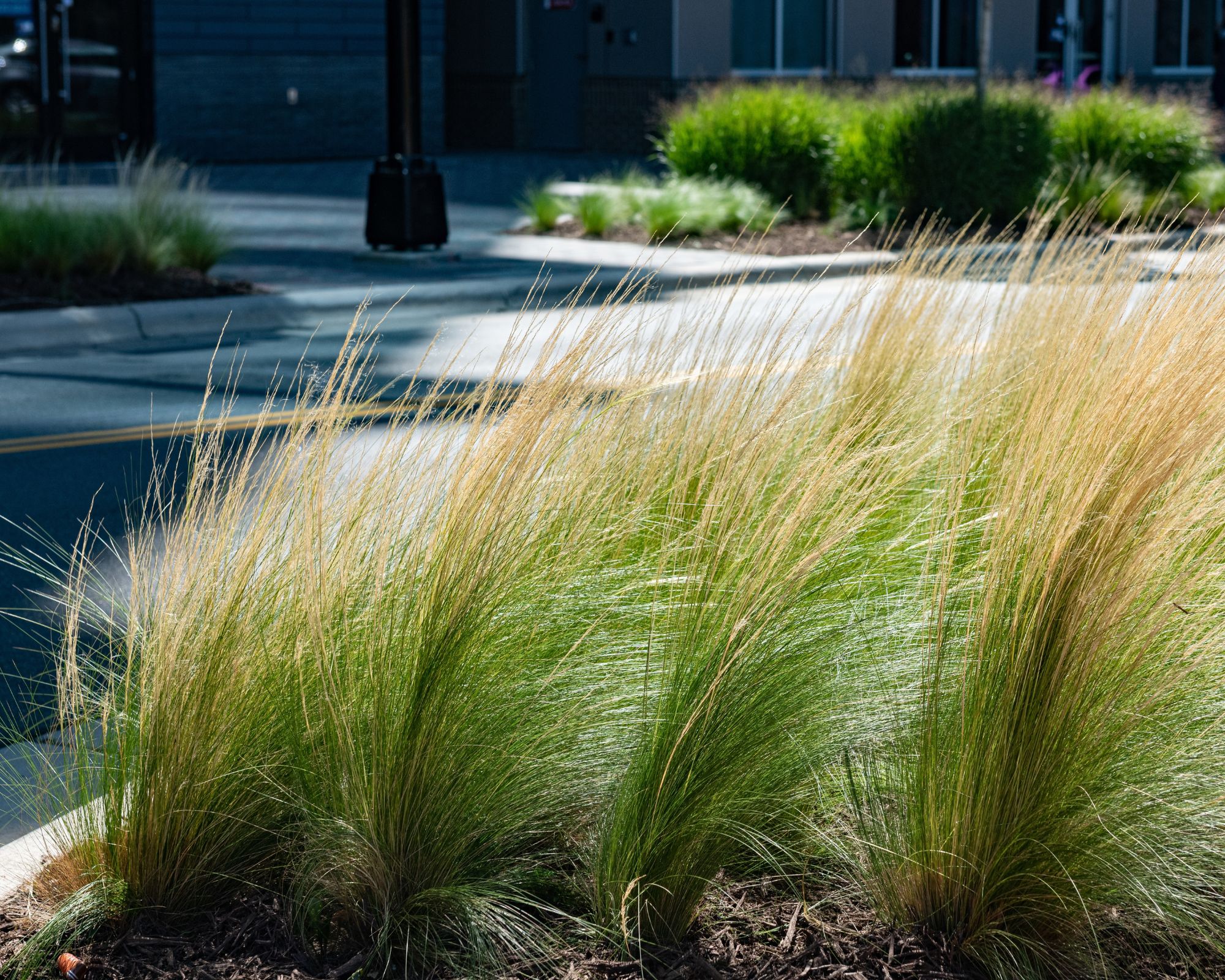
To invite the power of 'touch' into your garden, look for plants that are particularly engaging and packed with texture.
"You’ll be looking for plants that are safe to touch and interesting from a tactile perspective,” Kat reiterates. “Plantings with interesting textures such soft, fuzzy leaves or tactile deadheads are perfect for touch. Some examples include coneflower, moss, ornamental grasses like sporobolus, and Rhus “Tiger Eyes” for its velvety branches.”
Along with being easy to care for, these Echinacea Sombrero Granada Gold come highly rated, scoring 4 stars out of 5, and will inject some interesting textures into your outdoors.
Meet our experts
So there you have it. Sensory gardens can be tailored to you and your likes and dislikes. But either way you think about it, “A sensory garden is a designed space filled with plants and materials that engage the senses,” Kasey Bersett Eaves, founder of Vivant Gardening Services, explains. “It's meant to be therapeutic and enjoyable for people of all ages and abilities.” And that includes children. So, now you know how to create a sensory garden, check out these garden ideas for kids to make your space suitable for all ages.







